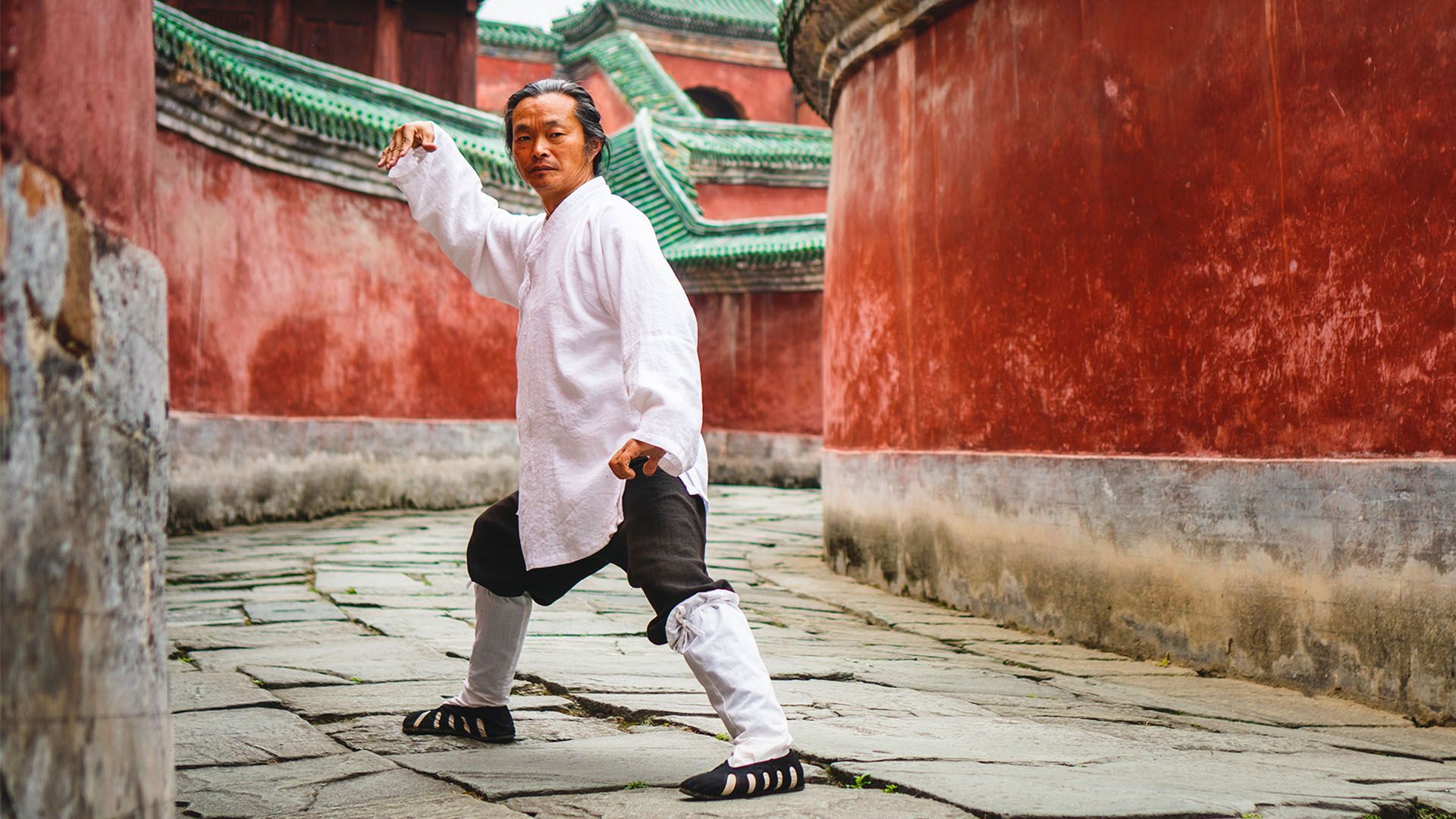What is Wing Chun? The Influence of Martial Art Styles
May 23, 2024
Many martial arts focus on brute strength, leaving smaller practitioners at a disadvantage. Wing Chun offers a different approach, emphasizing technique over power. Wing Chun, created 300 years ago, was designed to be effective without relying on brute strength. This makes it a suitable fighting style for people of all sizes.
The influence of martial art styles like Wing Chun is significant, as it provides an effective fighting method. This article delves into the history, principles, and techniques of Wing Chun. The complete guide covers everything you need to know about Wing Chun and its place among martial arts styles.
What is Wing Chun?
Wing Chun is a Chinese martial art developed for self-defense and combat efficiency. Originating in southern China, it was created by a Buddhist nun named Ng Mui. The art was later passed down to a woman named Yim Wing Chun, after whom it is named. Wing Chun Kung Fu focuses on quick, close-range combat techniques. Grandmaster Yip Man, a prominent figure, popularized Wing Chun in Hong Kong. Ip Man's students, including Bruce Lee, further spread its teachings worldwide. Training often involves the use of a wooden dummy to refine techniques and improve precision.
The Role of Ip Man (Yip Man) in Wing Chun's Development
Ip Man, also known as Yip Man, played a crucial role in popularizing Wing Chun. Born in Foshan, he later moved to Hong Kong, where he taught Wing Chun Kung Fu. His notable students included Bruce Lee, who further propagated Wing Chun.
Ip Man's teachings emphasized practical self-defense and efficient movements. Through his dedication, Wing Chun became recognized globally as an effective Chinese martial art. His legacy continues through numerous Wing Chun schools worldwide.
Key Principles of Wing Chun
- Centerline Theory: Focus on protecting and attacking along the body's centerline.
- Simultaneous Attack and Defense: Execute offensive and defensive moves together.
- Economy of Motion: Use minimal movement for maximum effect.
- Chi Sao (Sticky Hands): Develop sensitivity to opponents' movements.
- Structure and Alignment: Maintain proper body structure for stability and power.
Wing Chun Fighting Techniques and Strategies
Wing Chun fighting techniques prioritize efficiency and directness. The use of simultaneous attack and defense allows practitioners to minimize the time spent in combat. Practitioners observe this technique in Chi Sao practice, which enhances sensitivity to opponents' movements. The centerline theory directs attacks and defenses along the body's centerline for optimal effectiveness. Wing Chun also employs techniques like the chain punch, which delivers rapid, successive punches to overwhelm an opponent.
The wooden dummy is an integral training tool in Wing Chun, allowing practitioners to perfect their techniques and improve their precision. Practicing with the wooden dummy helps in developing proper structure and alignment. The emphasis on close-range combat makes Wing Chun particularly effective for self-defense situations. Students learn to use their opponent's force against them by employing techniques like deflections and redirects.
In addition to physical techniques, Wing Chun also emphasizes mental discipline and focus. Practitioners are taught to remain calm and composed under pressure, enabling them to make quick, strategic decisions during a confrontation. This combination of physical and mental training makes Wing Chun a comprehensive and practical martial art.
How to Learn Wing Chun Kung Fu at Home?
Learning Wing Chun Kung Fu at home can be achieved with dedication and the right resources. Begin by studying basic techniques and forms through online tutorials and instructional videos. Practice consistently to develop muscle memory and precision.
Use a wooden dummy to enhance your training and simulate real combat scenarios. Joining online Wing Chun communities can provide support and feedback. Regular practice and self-discipline are key to mastering Wing Chun at home.
Training and Practice
Training Stance and Posture:
In Wing Chun, training stance and posture are fundamental for developing effective fighting skills. The training stance, known as the Yee Jee Kim Yeung Ma, focuses on maintaining structure and balance. This stance provides a stable foundation for both attack and defense. Practitioners learn to position their feet and knees correctly to enhance stability.
Proper posture ensures that energy can be efficiently directed during movements. Maintaining a straight back and relaxed shoulders helps in executing Wing Chun techniques with precision and power. Regular practice of this stance is essential for mastering Wing Chun.
Common Wing Chun Drills and Exercises:
Common Wing Chun drills and exercises are crucial for refining techniques and building reflexes. Chi Sao, or "sticky hands," helps practitioners develop sensitivity to an opponent's movements. The Wooden Dummy drill improves precision and timing. Practicing chain punches enhances speed and coordination. Footwork drills, such as advancing and retreating steps, are vital for maintaining balance and positioning.
These exercises are designed to embed Wing Chun principles into muscle memory, making reactions instinctive during a fight. Regularly practicing these drills is essential for becoming a proficient Wing Chun practitioner.
Wing Chun's Place Among Martial Art Styles
Wing Chun is recognized as a powerful martial art that focuses on efficiency and directness. Unlike many martial arts, Wing Chun uses concepts that do not rely on brute strength. This makes it an effective fighting method suitable for practitioners of all sizes.
Conclusion
Wing Chun has significantly influenced many martial arts styles through its unique techniques and principles. This concept-based martial art focuses on efficiency and directness. Various Wing Chun schools and branches have emerged, each contributing to its rich history. The Wing Chun system, with its emphasis on centerline theory and simultaneous attack and defense, remains a powerful martial art. Practitioners worldwide appreciate its effectiveness in real combat situations. Wing Chun continues to evolve while maintaining its core values. How do you think Wing Chun compares to other martial arts styles?







